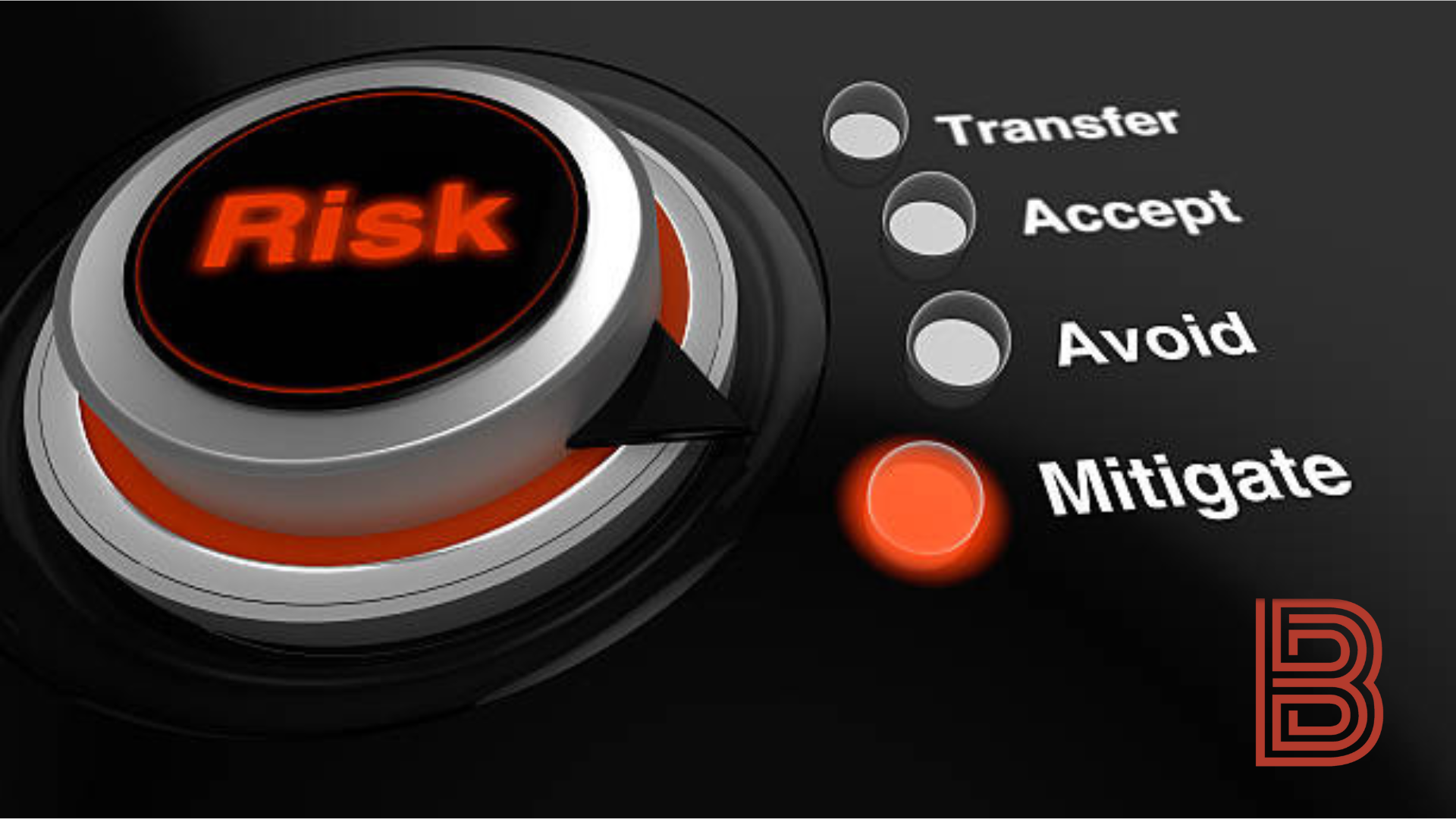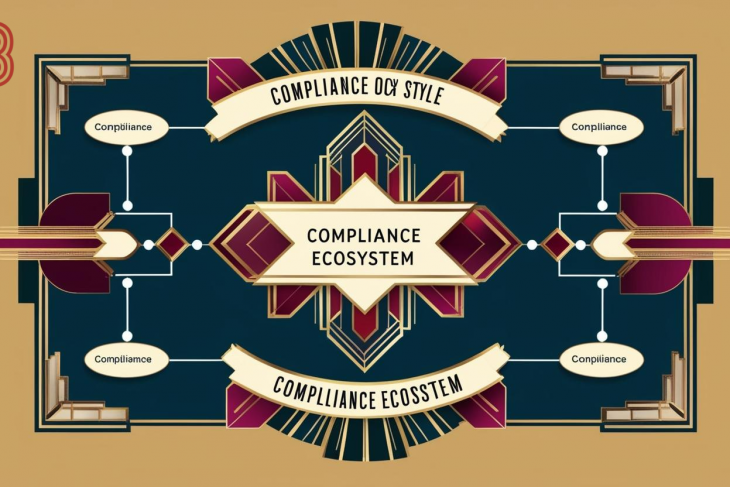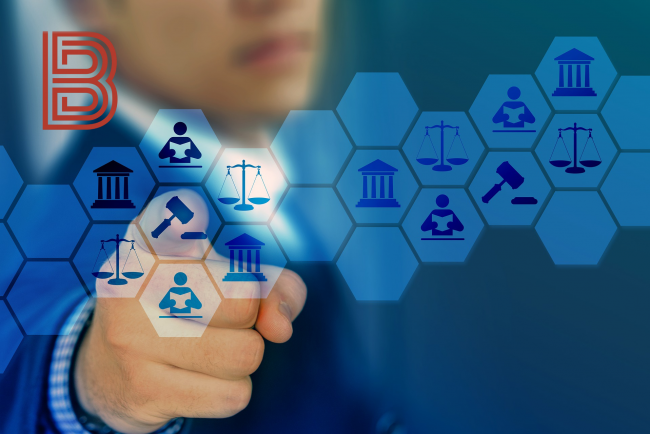
Introduction
Risk is an inherent part of any organizational, financial, or operational activity. It arises from uncertainty in the environment, changes in regulations, market volatility, technological disruptions, cyber threats, and a range of other internal and external factors. Effective risk mitigation is not about eliminating risk altogether — which is often impossible — but about understanding, managing, and reducing it to acceptable levels. Strategic approaches to risk mitigation are essential to ensure resilience, sustainability, and competitive advantage.
Understanding Risk
Types of Risk
Strategic Risk – Risks that affect an organization’s long-term goals, such as market shifts or new competitors.
Operational Risk – Risks arising from internal processes, systems, or human error.
Financial Risk – Related to financial loss due to market fluctuations, credit issues, or liquidity constraints.
Compliance and Legal Risk – Exposure due to regulatory violations or legal action.
Reputational Risk – Potential harm to a company’s public image.
Cybersecurity Risk – Arising from data breaches, system intrusions, and technological vulnerabilities.
Environmental and Geopolitical Risk – Influences from global politics, climate change, and social unrest.
The Risk Management Lifecycle
Risk mitigation begins with a structured lifecycle that includes:
Risk Identification
Risk Assessment and Analysis
Risk Prioritization
Risk Response Planning
Monitoring and Review
Strategic Approaches to Risk Mitigation
1. Risk Identification and Assessment
A foundational strategy is to proactively identify and assess risks before they become critical. This includes:
Environmental Scanning: Regularly monitor the external environment for changes.
SWOT and PESTLE Analyses: These tools help understand internal strengths/weaknesses and external threats/opportunities.
Risk Registers: Maintaining a central log of identified risks with updates and action items.
Scenario Planning: Envisioning multiple future scenarios to anticipate and prepare for risks.
Quantitative and qualitative techniques — such as Monte Carlo simulations, fault tree analysis, or expert judgment — help organizations determine the likelihood and impact of each risk.
2. Risk Avoidance
The most direct form of risk mitigation is to avoid activities that expose the organization to risk. This may involve:
Exiting high-risk markets or business lines.
Choosing not to pursue certain projects.
Adjusting strategy based on risk thresholds.
While effective, avoidance may also limit growth opportunities and innovation, so it must be carefully balanced.
3. Risk Reduction
This strategy involves reducing the probability or impact of a risk through various measures:
Process Improvement: Streamlining operations to reduce error and inefficiencies.
Technological Controls: Implementing firewalls, encryption, and cybersecurity protocols.
Redundancy: Ensuring critical systems have backups or fail-safes.
Training and Awareness: Educating staff to prevent human error or negligence.
Example: In manufacturing, quality assurance programs help reduce product defects and liability risks.
4. Risk Transfer
Risk transfer shifts the responsibility for loss to a third party. This is a common strategy in industries with high exposure.
Methods include:
Insurance: Property, cyber, liability, and business interruption insurance.
Outsourcing: Transferring risk-laden functions to specialists (e.g., payroll, IT security).
Hedging: In finance, using derivatives to offset price or currency risks.
Risk transfer can be cost-effective, but over-reliance may reduce organizational agility or oversight.
5. Risk Acceptance
Sometimes, the cost of mitigating a risk exceeds the benefit, making risk acceptance a strategic choice.
Organizations accept risks when:
They are low impact and low likelihood.
There are limited mitigation options.
The risk is part of a calculated decision.
However, acceptance should always be informed, nted, and monitored with contingency plans in place.
6. Enterprise Risk Management (ERM)
ERM is a holistic approach to managing all types of risk across the organization. It aligns risk with strategic objectives and integrates it into governance and culture.
Key components of ERM include:
A centralized risk function.
Executive and board oversight.
Regular risk assessments.
A unified risk appetite framework.
Integration with strategy, operations, and performance measurement.
ERM enhances decision-making, resilience, and investor confidence.
Embedding Risk Culture
A strong risk culture ensures that employees at all levels understand risk and act responsibly.
Ways to promote risk culture:
Tone from the Top: Leadership must demonstrate commitment to risk-aware behavior.
Clear Policies and Procedures: Guidelines help staff understand acceptable behaviors.
Training Programs: Ongoing education on risk awareness and responsibilities.
Incentives and Accountability: Reward prudent risk-taking and penalize reckless behavior.
Open Communication: Encourage employees to report concerns without fear.
Culture is often the differentiator between organizations that thrive under pressure and those that falter.
Role of Technology in Risk Mitigation
1. Automation and AI
Process automation reduces human error and increases efficiency.
AI and machine learning predict trends and flag anomalies in real-time, enhancing decision-making.
Example: Banks use AI to detect fraud patterns and prevent cyberattacks.
2. Data Analytics
Data-driven insights enable better risk assessment and faster responses.
Predictive analytics forecast potential risks based on historical data.
Real-time dashboards provide visibility into risk exposure and performance indicators.
3. Cybersecurity Platforms
Organizations are investing in advanced cybersecurity systems to guard against breaches, ransomware, and espionage.
Identity access management (IAM)
Endpoint protection
Threat intelligence feeds
Incident response protocols
Cyber risk is now considered a top strategic threat by most boards.
4. Business Continuity and Disaster ery Systems
Preparedness for unplanned events like natural disasters, cyberattacks, or pandemics is critical.
Cloud-based backups
Redundant systems
Emergency communication plans
Scenario testing and drills
These systems ensure minimal disruption and faster recovery.
Risk Governance and Compliance
Governance Frameworks
Governance structures define roles, responsibilities, and oversight mechanisms to ensure risk is managed appropriately.
Key frameworks:
COSO ERM Framework
ISO 31000 Risk Management Standards
NIST Cybersecurity Framework
Boards and risk committees play a pivotal role in oversight and policy development.
Legal and Regulatory Compliance
Failing to meet regulatory requirements can lead to fines, litigation, and reputational damage.
Mitigation strategies include:
Compliance audits
Legal counsel and regulatory tracking
Implementing GRC (Governance, Risk, Compliance) software
Industries like finance, healthcare, and energy face heightened scrutiny and must be especially vigilant.
Strategic Partnerships and Collaboration
No organization operates in isolation. Collaborating with partners, regulators, and industry groups can enhance risk resilience.
Examples include:
Sharing threat intelligence within industry consortia.
Joint emergency response planning with public agencies.
Vendor risk assessments for supply chain security.
These alliances improve situational awareness and create shared defenses.
Sector-Specific Risk Mitigation Strategies
Financial Sector
Stress Testing and capital buffers
Basel III Compliance
AML/KYC protocols
Cyber fraud detection systems
Healthcare Sector
HIPAA compliance for data privacy
Clinical risk management protocols
Medical device security assessments
Supply chain reliability
Manufacturing and Industrial
Lean Six Sigma for process control
Workplace safety programs
Supply chain diversification
Automation to reduce human risk
Technology and SaaS
Zero Trust Security models
DevSecOps practices
Continuous compliance monitoring
Intellectual property protection
Emerging Trends in Risk Mitigation
1. ESG Risk Integration
Environmental, Social, and Governance (ESG) risks are becoming central to corporate risk frameworks.
Climate risk assessments
Social justice and DEI risks
Board governance and transparency
Investors increasingly demand ESG reporting and accountability.
2. Resilience and Agility Focus
Modern risk strategies are shifting from rigid planning to adaptive capabilities.
Agility frameworks (e.g., SAFe, Lean)
Decentralized decision-making
Scenario-based drills
3. Third-Party and Supply Chain Risk
Globalization has made supply chains more vulnerable.
Supplier audits and risk scoring
Geographic diversification
Real-time visibility tools
4. Behavioral Risk Analytics
Analyzing human behavior and insider threats is gaining traction.
Monitoring user activity
Cultural assessments
Employee sentiment analysis
Summary
Mitigating risk strategically is not just about protecting against loss — it’s about enabling sustainable growth, innovation, and long-term ccess. Organizations must adopt a multi-faceted, integrated approach that includes proactive identification, quantitative analysis, cultural reinforcement, and advanced technology.
Leaders who prioritize risk governance and embed resilience into their strategies will not only survive disruptions but thrive amid them. As the risk landscape evolves with greater speed and complexity, agility, foresight, and collaboration will be the hallmarks of risk-smart organizations.




















